Key Takeaways
- Grand River offers 84% buildable land for new players to explore city-building in Cities: Skylines.
- Garden Rivers provides ample room for varied city builds on 80% buildable land, ideal for beginners.
- Seven Lakes, with an 81% buildable area, focuses on seamless public transportation for city management practice.
When it comes to city simulators, the in-depth mechanics of Cities: Skylines makes it an excellent avenue for mayor wannabes and city architects out there. After all, Cities: Skylines has a plethora of both DLC and fanmade content that allows players to create the cities of their dreams, from traffic-less utopias to faithful city recreations, and even futuristic cities straight out of science fiction. Of course, the number of features and available elements can make the game overwhelming for them, but never impossible to play.

Related
Cities Skylines: Must Have Mods For A Cyberpunk City
You can create some truly impressive areas with Cities Skylines, and thanks to these mods, you can even make a Cyberpunk-inspired creation.
In fact, sometimes it just takes a great starting map to ensure that players have a breeze when it comes to understanding the game’s mechanics and unleashing the full extent of their creativity. With that in mind, which Cities: Skylines starting maps are the best for players to start with?
Updated on November 24, 2024 by Rhenn Taguiam: As Cities: Skylines 2 marks its second Cities Around the World destination in the form of Germany, fans of the city-builder can now have buildings and structured themed around bolder German architecture – this marks a striking contrast to the more romantic vibe of France, the first region explored in the update series. However, before players start modeling their cities after Germany’s stellar cityscape, fans of city-builders may want to understand Cities: Skylines 2’s mechanics on a deeper level through its predecessor, Cities: Skylines. And what better way to start one’s journey in Cities: Skylines than to play in some of its most recommended beginner maps – such as that of a coastline paradise, a desert region, and cliffside wonders.
1 Sandy Beach
A Magnificent Beach With Certain CHallenges
|
Buildable Land (Percentage) |
63% |
|---|---|
|
Resources (in Descending Order of Abundance) |
Forestry, Water, Ore, Oil, Fertile Land |
|
Transport Routes (Incoming/Outgoing) |
|
From a bird’s eye view, Sandy Beach does offer quite the interesting landscape for Cities: Skylines fans. A large portion of the center to the right side of the map has noticeable white sand beaches, whereas the lower-left part of the map is bordered by what appears to be a small mountain range. A river runs along the middle of the map, converging as a circle around an island on the south and trailing off to the north and east – offering players the potential of expanding their cities in unique ways.
However, there’s one caveat of this map that players need to consider when playing here: not all of the 63% buildable land in the city are conveniently located. A lot of them have to be purchased first or located in not-so-ideal regions, forcing players to separate parts of their city into districts – unlike other locations where cities can normally be built as a cluster. This can work to the player’s advantage, especially if they’re still new to the game, as they will be forced to start finding ways of optimizing city functions within smaller chunks of land – a valuable lesson that can help them when they start expanding.
2 Shifting Sands (Hotels & Retreats)
Create Your Own Version Of Vegas
|
Buildable Land (Percentage) |
72% |
|---|---|
|
Resources (in Descending Order of Abundance) |
Ore, Oil, Water, Fertile Land, Forestry |
|
Transport Routes (Incoming/Outgoing) |
|
Introduced in Hotels & Retreats, the whole vibe of Shifting Sands seems want to emulate the desert backdrop of the festivities within Las Vegas, with a map that is largely a desert bordering fertile land with a central river that ends in quite the large lake. The sands and pine trees in the deserted areas are largely noticeable even while touring the city, making for quite a decent transition when main roads cease being surrounded by greens and are greeted by the warmth of the sands.
What is perhaps interesting is just how much resources are located in the region. Ore and Oil are predictably flourishing in the area, making Shifting Sands a potentially great map for an industry-focused Cities: Skylines experience. Water, Fertile Land, and Forestry aren’t far behind in terms of abundance, making Shifting Sands a relatively safe area to expand and go all out.
3 Emerald Cliffs (Hotels & Retreats)
Enjoy An Abundance Of Water And Sky-High Views
|
Buildable Land (Percentage) |
72% |
|---|---|
|
Resources (in Descending Order of Abundance) |
Water, Fertile Land, Oil, Ore, Forestry |
|
Transport Routes (Incoming/Outgoing) |
|
As another map introduced by Hotels & Retreats, Emerald Cliffs has something to offer players who want to focus on providing bespoke relaxation experiences for their citizens. Whereas the likes of Shifting Sands focused on the appeal of beaches, Emerald Cliffs will offer scenic cliffside views. The map is characterized by a northern lake split into five component rivers, three of which are buildable and trail off into their separate paths to the south. Much of the endpoints of these riverside locations are raised cliffs, giving players room to build city districts that boast a wonderful skyline.
Similar to Shifting Sands, Emerald Cliffs offers an abundance of resources to make a player’s time in Cities: Skylines more comfortable. Water and Fertile Land are the most abundant, making it easy to gather resources. There’s also plenty of Oil, Ore, and Forestry to help players earn money and grow their city through industry. Given how the starting area of the map is likely on the southern-west quadrant and on lower ground, Emerald Cliffs will offer a satisfying journey that culminates in players building landmarks that help visitors admire the view of the sky.
4 Arid Plains (Mass Transit)
Perfect For Learning The Basics Of Public Transport
|
Buildable Land (Percentage) |
79% |
|---|---|
|
Resources (In Descending Order of Abundance) |
Forestry, Water, Ore, Oil, Fertile Land |
|
Transport Routes (Incoming/Outgoing) |
|
As the name implies, the Arid Plains in the Mass Transit expansion of Cities: Skylines is characterized by a large percentage of buildable land on a relatively flat surface minus a few specks of hills every now and then. Compared to other maps, Arid Plains is as forward as it gets: a relatively flat plain with a decently-sized river that curves toward a lake on top of the map. This familiar nature makes it one of the most beginner-friendly maps in the game, especially with its scattering of resources at reasonable locations regardless of the player’s development plans.
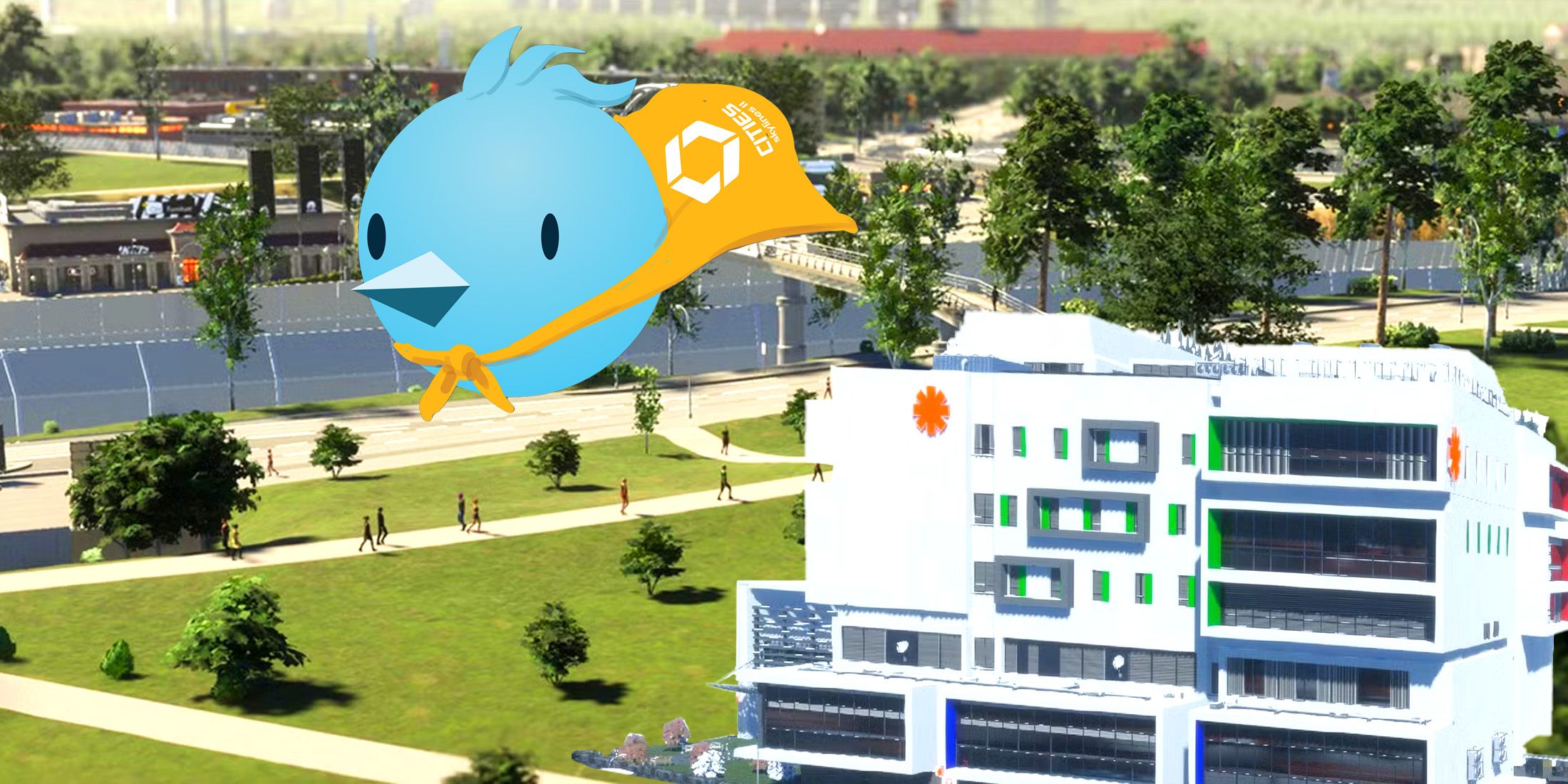
Related
Cities: Skylines 2 – 8 Best Ways To Increase Population
Increasing population is an important goal in Cities: Skylines 2, and there are a few ways to do it effectively.
Being a part of the Mass Transit expansion, it makes sense for the map to have quite a lot of incoming and outgoing transport routes available for use. Despite some hills and elevation around the map, the relative size of these locations makes them rather easy and affordable to terraform for a fully flat development experience.
5 Garden Rivers (Green Cities)
Tropical Map With One Of The Highest Buildable Areas In The Game
|
Buildable Land (Percentage) |
80% |
|---|---|
|
Resources (In Descending Order of Abundance) |
Forestry, Water, Ore, Fertile Land, Oil |
|
Transport Routes (Incoming/Outgoing) |
|
Players who want to focus on a more environmentally-friendly city in their Cities: Skylines playthrough should consider pursuing a playthrough at Garden Rivers. This Green Cities expansion map is characterized by a relatively flat surface with a lot of action happening in a cross-shape along its center: from the west are raised hills that run toward the middle of the map, which in itself has a large river that runs from north to south as well as from the middle to the east. The raised hills extend past the river to the right. Save for the lake on the upper right, the map has four relatively flat areas for players to use in their city-building.
On top of Water, the map has a lot of Forestry and Fertile Land, particularly in the middle part of the map. This is also the location of generous Oil deposits, making them prime spots for oil infrastructure. One rather appealing part of the map would be the flat lands close to and on the hills themselves, the view from above makes them seem like crop circles.
6 Eden Valley (Green Cities)
Temperate Map With Huge Oil Fields
|
Buildable Land (Percentage) |
79% |
|---|---|
|
Resources (In Descending Order of Abundance) |
Forestry, Water, Oil, Fertile Land, Ore |
|
Transport Routes (Incoming/Outgoing) |
|
Eden Valley from the Green Cities expansion is a surprising twist to the content’s premise of more sustainable cities. After all, there’s quite a large stockpile of Oil along the northern part of the map just ripe for the taking. As the name implies, Eden Valley also has quite a lot of resources for players to enjoy, with Forestry scattered around the edges while Fertile Land is close to the center, with the middle parts of its two hemispheres rich with Ore.
While its buildable land is only in the top 70%, Eden Valley stuns with its efficient geography. The map is divided into two parts via a river, with lakes to the north-east, north-west, and south. This gives players access to a smaller left half and a much larger right half – perfect for dividing their city into various districts and segments.
7 The Archipelago (Natural Disasters)
Small Size Makes The Map Manageable For Natural Disasters
|
Buildable Land (Percentage) |
21% |
|---|---|
|
Resources (In Descending Order of Abundance) |
Water, Forestry, Fertile Land |
|
Transport Routes (Incoming/Outgoing) |
|
Despite its lack of Railway connections and its Buildable Land the lowest in the game, The Archipelago has some of the most flexible layouts in the game. Being a map characterized by very few land areas and a whole lot of water, it makes sense for The Archipelago to enjoy a tropical theme. More than that, however, is the fact that its scattered layout gives players a lot of opportunities to get creative with their city organization.
For instance, players can now actively separate communities with their ferry channels, or use some of the larger areas to condense their population in these “districts.” Players can go crazy with bridges and ferry connections, with Forestry likely being the largest industry. Should testing one’s creativity become the barometer of a beginner’s growth into a veteran Cities: Skylines player, then The Archipelago can be the source of a fun challenge.
8 Regal Hills (Mass Transit)
Use This To Start Learning More Technical Mechanics
|
Buildable Land (Percentage) |
72% |
|---|---|
|
Resources (In Descending Order of Abundance) |
Water, Forestry, Ore, Fertile Land |
|
Transport Routes (Incoming/Outgoing) |
|
Players who want to enjoy their Cities: Skylines experience may want to start their journey with a more flexible map like Regal Hills. Included in the Mass Transit update, Regal Hills boasts a lake to the far east with a long river, and two separated rivers to the west leading to a smaller lake up northwest. The rest of the land is relatively manageable, with Water and Forestry among the area’s most abundant resources.

Related
The Sims 4: How to Get Retail Perk Points
Retail Perk Points will make it much easier to run a store in The Sims 4 – here’s how to unlock them.
The relative lack of Ore and Fertile Land can make Regal Hills slightly challenging to work with in terms of resource-collection. However, fans who want to immerse themselves in the more technical side of Cities: Skylines mechanics such as managing shipping systems as well as importing and exporting goods would appreciate the flexibility Regal Hills offers.
9 Seven Lakes (Mass Transit)
|
Buildable Land (Percentage) |
81% |
|---|---|
|
Resources (In Descending Order of Abundance) |
Forestry, Water, Ore |
|
Transport Routes (Incoming/Outgoing) |
|
It’s not always that cities in city sims like Cities: Skylines are realistically in extremely flat areas. As Seven Lakes from Mass Transit shows, sometimes cities can be surrounded by clusters of geographic features. In the case of Seven Lakes, it’s seven lakes across all directions from the center, sans north. Its inclusion in Mass Transit means there’s an emphasis on using railways and shipping industries to compensate for the relative lack of resources.
Despite the lack of other major resources such as Fertile Land, Ore, and Oil, Seven Lakes makes up for it with buildable areas that can encourage expansion into industrialist concepts. There’s not a lot of pressure to perfect traffic as well, seeing as there are two Airways and Rails, and a single Highway and Shipping Channel.
10 Farmland Flats (Map Pack 1)
Standard Flat Area For Fixed Cities
|
Buildable Land (Percentage) |
90% |
|---|---|
|
Resources (In Descending Order of Abundance) |
Forestry, Fertile Land, Ore, Oil, Water |
|
Transport Routes (Incoming/Outgoing) |
|
Players of a city-sim like Cities: Skylines who want a more straightforward take on their gameplay should consider pursuing Farmland Flats from Map Pack 1. At its core, Farmland Flats is indeed majorly comprised of plains and farmlands neatly divided into geometric divisions, courtesy of scattered lines of trees. To the north of the main highway is a river leading to a small lake and splitting into a fork, making it the land’s richest water source.
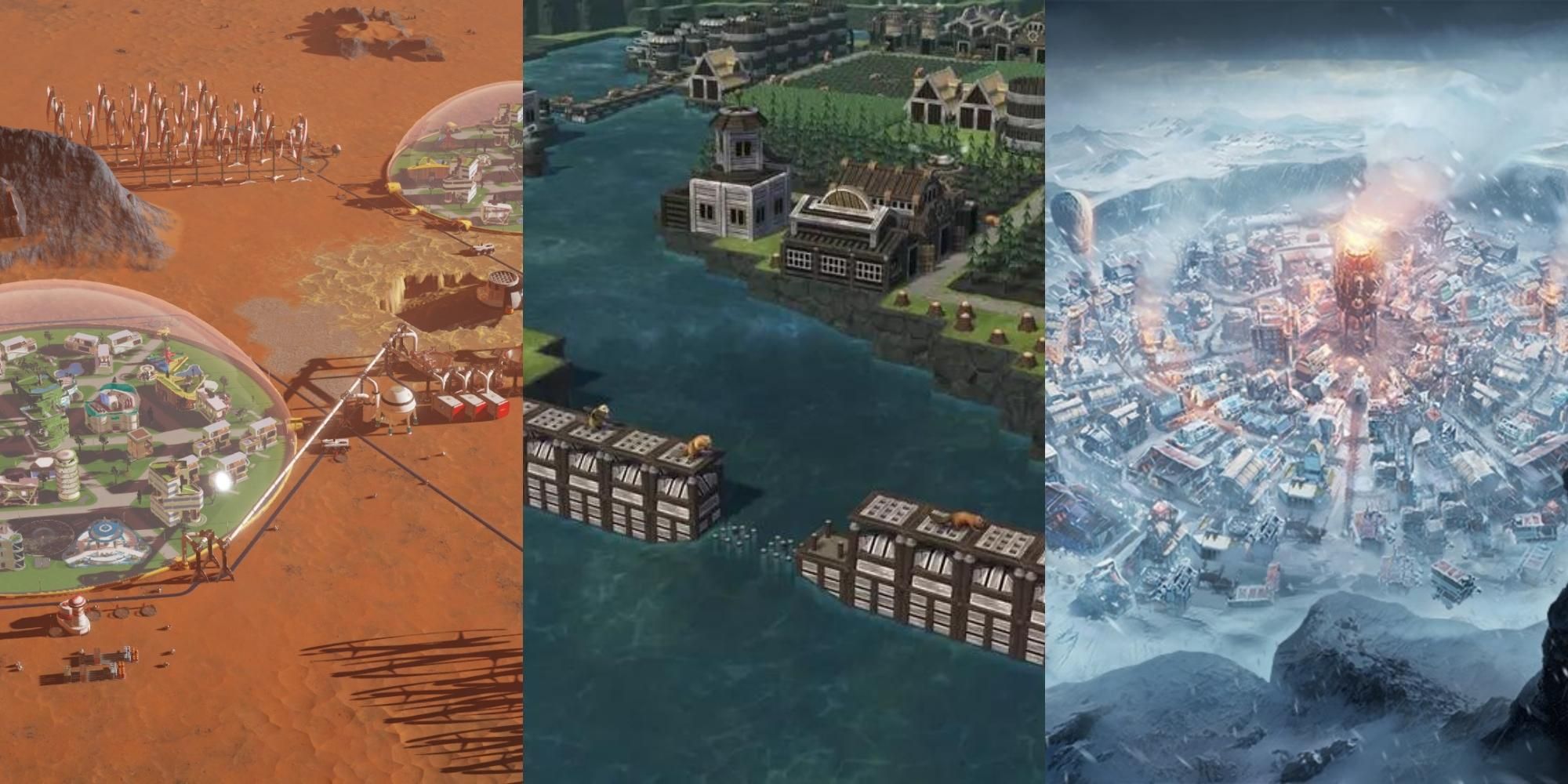
Related
11 Most Complex City Building Games
While players love the relaxing yet challenging game genre of city builders, there are some that have the most complex system and worlds.
Due to its structure, Farmland Flats are abundant in Forestry and Fertile Land, as well as Ore, Oil, and Water. The relative presence of these resources can make Farmland Flats a decent map for players to start their experience with, especially with all transport systems except Shipping Channels existing with a pair each for outgoing and incoming traffic.
11 Bay Of Rivers (Map Pack 2)
Unique Landscape Encourages Smaller, Tight-Knit Communities
| Buildable Land (Percentage) | 48% |
|---|---|
| Resources (In Descending Order of Abundance) | Forestry, Water, Ore, Oil, Fertile Land |
| Transport Routes (Incoming/Outgoing) |
|
Boasting one of the most unique map setups in Cities: Skylines is Bay of Rivers, accessible from the “Map Pack 2” DLC of the city simulator. The map itself is notable for being split into four segments: a cluster of two islands with a large island strip to the north, a large right-side portion divided by two rivers, a larger lower half that protrudes to the upper left, and an isolated southern island. On top of Bay of Rivers’ eponymous rivers, the map boasts a multitude of mountains and forestry that limits city construction in favor of having large mountain ranges as the backdrop of a growing city.
Despite its 48-percent buildable area, Bay of Rivers is abundant in forestry, water, and oil resources. Its three major highways stretching from the center of the map encourage a more tight-knit internal residential area, with its outer segments closer to the mountains motivating setups for industrial districts.
12 Cliffside Bay
Limited Resource Pathways, Buildable Area Encourages Compact City Build
| Buildable Land (Percentage) | 53% |
|---|---|
| Resources (In Descending Order of Abundance) | Water, Forestry, Ore, Fertile Land, Oil |
| Transport Routes (Incoming/Outgoing) |
|
Being a vanilla map in the original Cities: Skylines game, Cliffside Bay boasts one of the most straightforward layouts in the entire title. Featuring only a quarter of the map as a lake, Cliffside Bay lives up to its name as it features various hills and a high hill on the shore. This would immediately give players visions of an industrial complex and a fishing focus near the shore, with a posh residential area to the cliffside. The map has enough raw materials across its areas, but maximizing them would encourage residential Cities: Skylines areas with American-style buildings closer to the cliffs since ore is located mainly in the plains. Another advantage would be a railway connection in one of the earliest tiles, allowing players to plot out a railway system early on.
However, players must understand that the location has difficulty sustaining a current to power a water plant. Not only that but connecting highways won’t allow players to wiggle with their road systems. Thankfully, the map does boast enough of a regular appearance to sustain an average city.
13 Lagoon Shore
Limited Buildable Land With More Water Offers Flexible Tropical City Builds
| Buildable Land (Percentage) | 56% |
|---|---|
| Resources (In Descending Order of Abundance) | Water, Forestry, Ore, Fertile Land, Ore |
| Transport Routes (Incoming/Outgoing) |
|
Fans of Cities: Skylines gameplay who want a more tropical spin on their city-building sim might want to consider Lagoon Shore. This map is a rather interesting take on Greece, with the mainland being split into two (2), with the upper half comprised of two (2) rivers and a small cluster of islands, and with the larger bottom half encompassing the rest of the map with a central lake and a river that leads out to the sea, as well as a cluster of islands surrounding it.
The layout of the land alone gives Lagoon Shore a ton of room for waterworks and decent road networks, and perhaps some Airports from the Cities: Skylines Airport DLC. The tropical layout of the land may also be motivating enough for players to explore the full depth of their creative minds, especially since not a lot of Cities: Skylines maps offer unique landscapes outside the usual Western climate.
14 Frosty Rivers (Snowfall)
Limited Building Area Perfect For Compact Cities
| Buildable Land (Percentage) | 56% |
|---|---|
| Resources (In Descending Order of Abundance) | Water, Forestry, Ore, Fertile Land, Oil |
| Transport Routes (Incoming/Outgoing) |
|
Accessible through the “Snowfall” DLC of the city simulator is Frosty Rivers, a winter-themed map to the city builder that challenges players to maximize large stretches of open rivers and isolated island segments to make their dream cities. Unlike harsh arctic environments, Frosty Rivers has quite an expansive set of areas, complete with an abundance of water, forest, and ore resources to give players an easier grasp on city economics.
Despite having 56% building land, Frosty Rivers more than makes up for lesser customizable land with better accessibility. Its access to four airways, shipping channels, and rails as well as three major highways can make transportation much easier across its many sections. The division of islands in Frosty Rivers can also be taken advantage of on a macro scale, giving newcomers hassle-free ways to do with districts as they see fit in separate locations.
15 Shady Strands
Simulate Instanbul With This Map
| Buildable Land (Percentage) | 57% |
|---|---|
| Resources (In Descending Order of Abundance) | Water, Forestry, Ore, Fertile Land, Oil |
| Transport Routes (Incoming/Outgoing) |
|
Players with a knack for geography would prefer associating Cities: Skylines gameplay maps with familiar real-world locations, and Shady Strands resembles Instanbul in the context of this map-management simulator. This map is characterized by a large strait dividing two larger land clusters, making itself a river. On the left is a land cluster divided by half via a river, alongside two islands on top. On the right side is a landmass with an extensive mountain range and a small river leading to a lake.
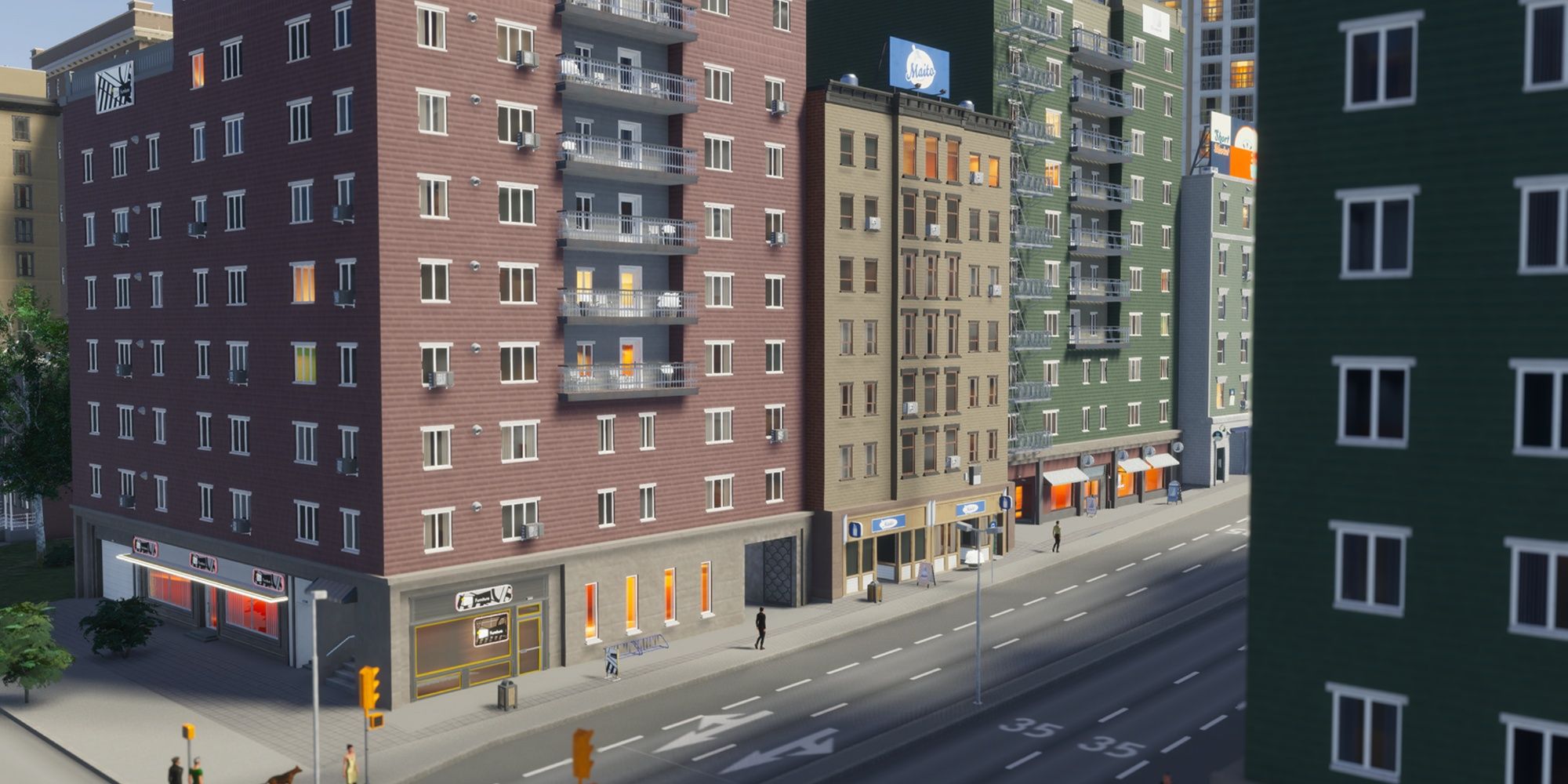
Related
8 Beginner Tips For Cities: Skylines 2
These beginner tips will help players master their own creations in Cities: Skylines 2.
Players must consider setting up waterfronts and bridges to maximize travel and communication between these two (2) land clusters. However, the land layout doesn’t make it as difficult for players to tinker with various options and city-building mechanisms to see how crazy they could get with this dynamic map.
16 Pearl Bay (Industries)
Differing Landscapes Perfect For Industry Focus
| Buildable Land (Percentage) | 58% |
|---|---|
| Resources (In Descending Order of Abundance) | Water, Forestry, Ore, Oil, Fertile Land |
| Transport Routes (Incoming/Outgoing) |
|
Key to the Cities: Skylines – Industries DLC pack is Pearl Bay, one of the newer maps in the update that highlighted the more complex industry features introduced there. Instead of creating a custom Cities: Skylines map with multiple resource points to learn how to handle numerous industries, Pearl Bay allows players to experience the same thing but with a pre-packaged area set. That way, players already have a basis for studying various Cities: Skylines resources without much effort.
Moreover, the map offers an extra challenge concerning expansion as the area features a lot of raised terrain. Players looking to build a manufacturing-leaning city may appreciate the potential of Pearl Bay to provide an industrial aesthetic to their creations.
17 Wolf Creek (Campus)
Unique Forests, Mountain Layout Encourage Nature-Themed School Backdrops
| Buildable Land (Percentage) | 60% |
|---|---|
| Resources (In Descending Order of Abundance) | Forestry, Water, Ore, Fertile Land, Oil |
| Transport Routes (Incoming/Outgoing) |
|
At first glance, Wolf Creek of the “Campus” DLC can stun city-builder fans with its remarkable topography, with the map boasting mountains divided by rivers and filled with delightful nature reserves. Its varied landscape can give the location the impression of an aesthetic enough backdrop for campuses far from towns that motivate students to take trips, with just the right amount of forests for one’s headcanon of sports training grounds and secret societies.
Technicalities-wise, the map has a rather middling 60% buildable land with a heavy focus on forestry and water. Not only that, the complicated topography could limit the structures built onto Wolf Creek’s terrain, with limited highways and railways potentially worsening traffic. Despite these setbacks, the challenging terrain that may force forests and mountains to separate city parts can make for interesting-looking cities. Moreover, forcing beginners to “split” city components in topographical areas can give them a better overview of micromanaging their first city.
18 Islands
Island Layout Encourages Tropical Aesthetic
| Buildable Land (Percentage) | 60% |
|---|---|
| Resources (In Descending Order of Abundance) | Water, Forestry, Oil, Ore, Fertile Land |
| Transport Routes (Incoming/Outgoing) |
|
Compared to other vanilla maps in Cities: Skylines gameplay, Islands resembles Venice in terms of its general layout in the simulation game. Comprised primarily of two (2) connecting rivers and two (2) separate rivers meeting in a large sea to the right side of the map, Islands is therefore divided into four (4) mainland clusters with four separate islands. The sheer detail of the map alone is heaven for anyone with the base game, especially since this immediately gives them room to tinker around with overall island aesthetics on the get-go.
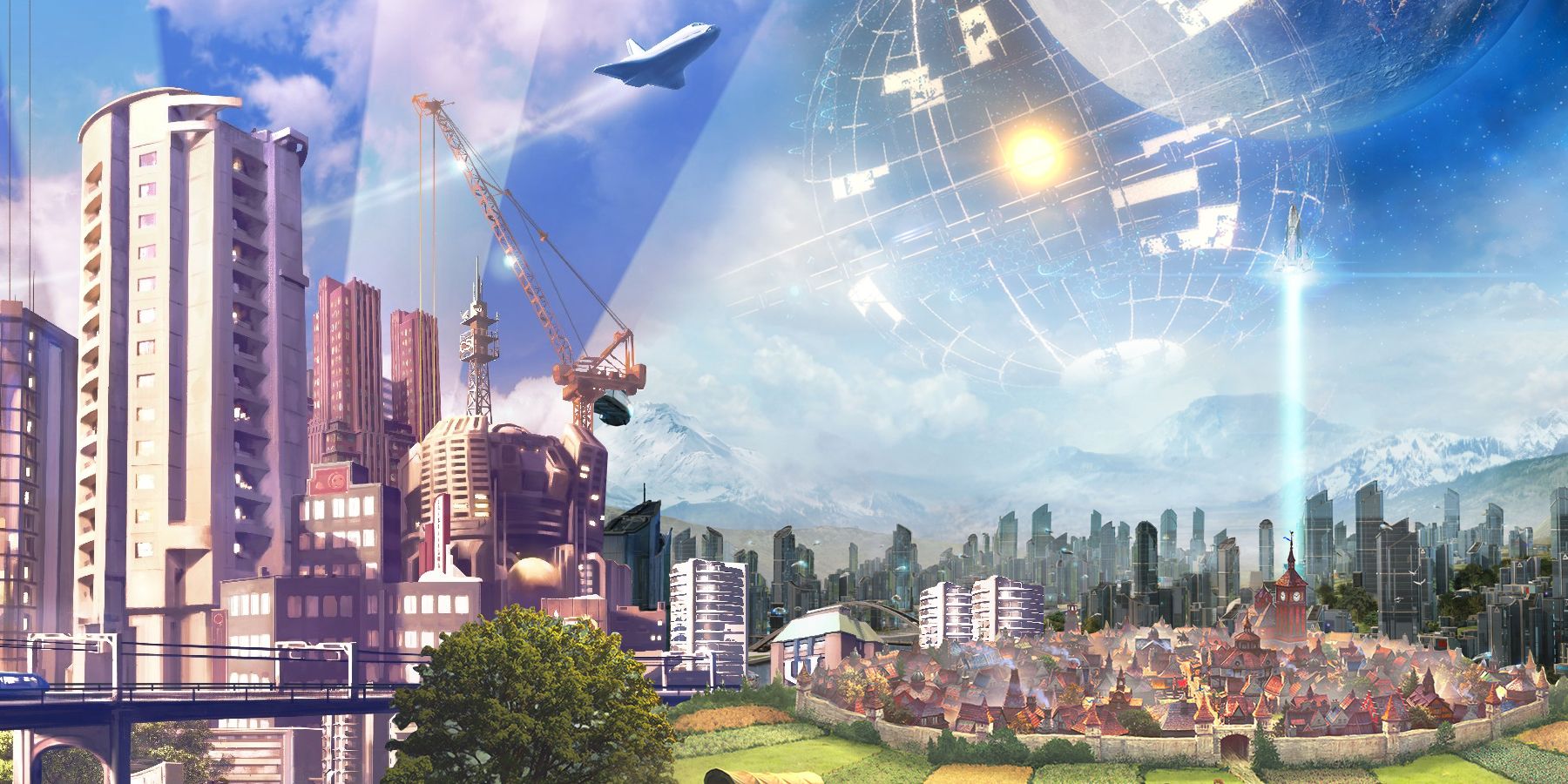
Related
25 Best Games To Play If You Liked Cities: Skylines
Fans of Cities: Skylines don’t lack options when it comes to simulation games. These excellent alternatives should keep fans invested for a while.
In terms of resources, players immediately get many opportunities for bridges and waterfronts to their liking. Not only that, this is the only map in the vanilla title where players can put a dam and have it perform at its maximum wattage. Moreover, there are two (2) islands with separate oil deposits, paving the way for two (2) potential industrial districts. The sheer volume of things to do with the map can make this overwhelming for beginners, but a great gateway for newcomers who want to be more playful with their maps.
19 Windfield (Parklife)
Flat Landmass With Resource Abundance Fit For Safe Playthroughs
| Buildable Land (Percentage) | 65% |
|---|---|
| Resources (In Descending Order of Abundance) | Water, Forestry, Fertile Land, Oil, Ore |
| Transport Routes (Incoming/Outgoing) |
|
Of the five maps available in the Parklife DLC, Windfield is perhaps the most intuitive for starting players. Divided by half water and half land, with a small island pocket on the lower left, Windfield offers a lot of options for players to tinker around without sacrificing the integrity of the space. With 65% space for buildings and multiple oil reservoirs, this map can give new players ample resources to turn Windfield into a suburban city paradise.
The main landmass itself is generally flat, offering a lot of trees and greenery for color. The highlight of the map, though, comes in its smaller landmarks such as a cave and its island component. On the island, players can join delights such as a lighthouse (albeit at a rather awkward position), and a plateau on its mountainous center. These are perfect for an exclusive village, an industrial district, or even a large forest.
20 Snowy Coasts (Snowfall)
Generic Snowy Area Perfect For Practicing Adjustments To Climate
| Buildable Land (Percentage) | 68% |
|---|---|
| Resources (In Descending Order of Abundance) | Water, Forestry, Fertile Land, Ore, Oil |
| Transport Routes (Incoming/Outgoing) |
|
Observing Snowy Coasts in terms of both plain sight and statistics might make it an unideal location for optimized gameplay. However, newcomers to the game looking to provide citizens with a more serene and human-like city sim environment a la Life By You instead of a hyper-efficient city may want to give Snowy Coasts a shot. Available via the Snowfall DLC, Snowy Coasts has everything players need to maximize the new winter season and features made available in this content pack.
Newcomers looking for a way to learn about handling seasonal changes may appreciate the accessibility of this map. Likewise, new players looking for a moderate challenge may also be able to use this map given its mid-sized forest resources, 68% buildable area, and flat terrain.
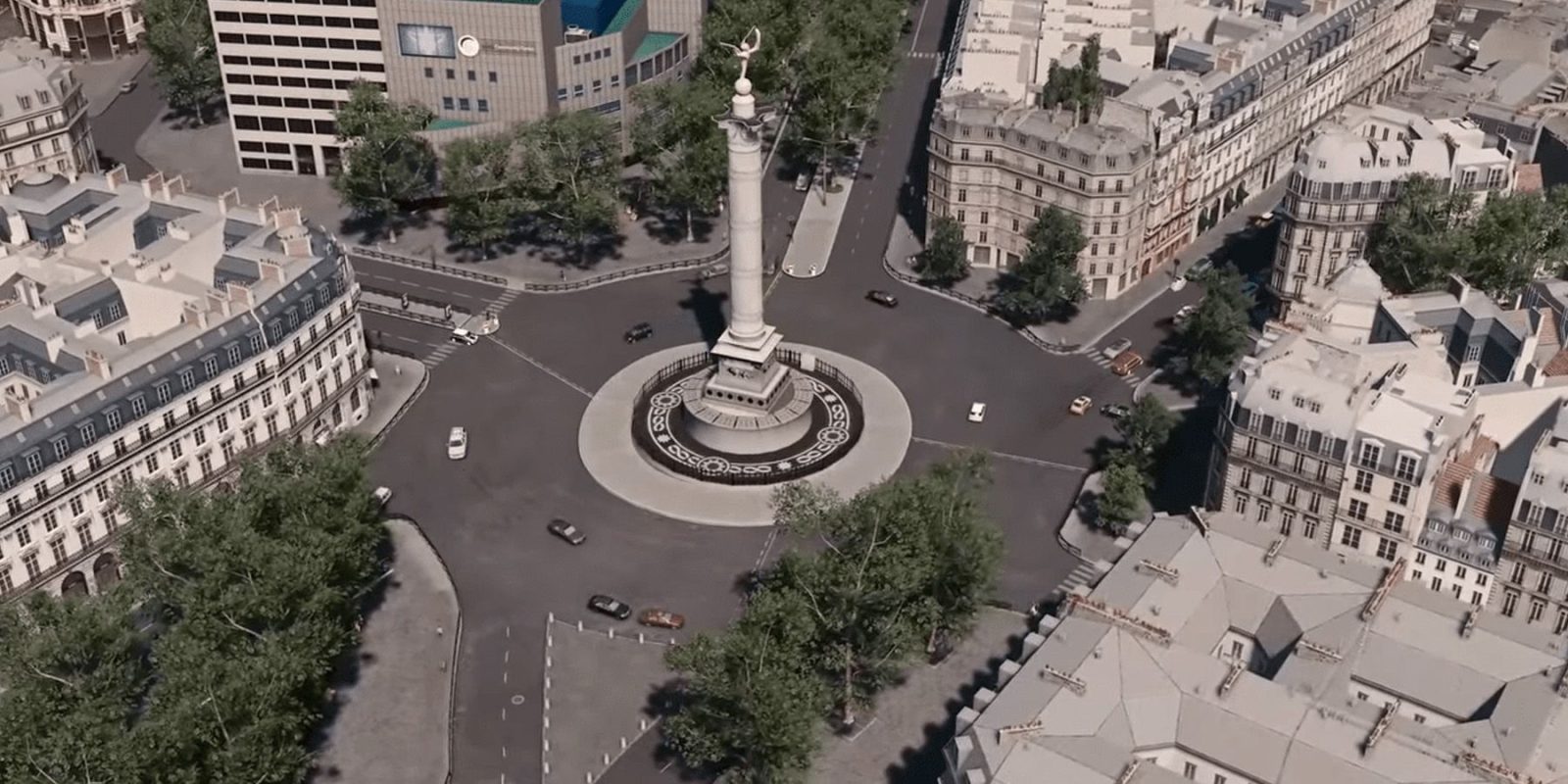

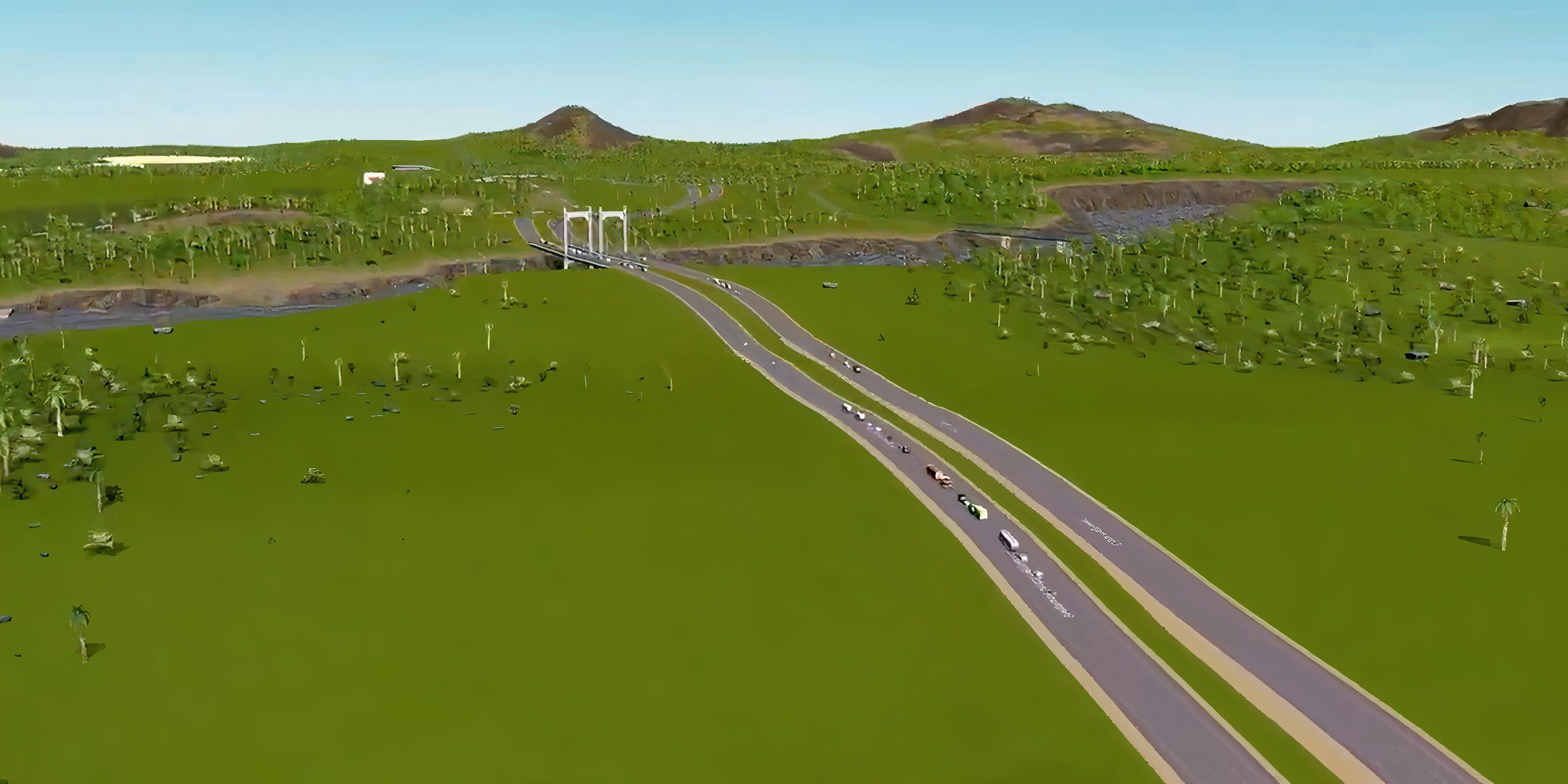
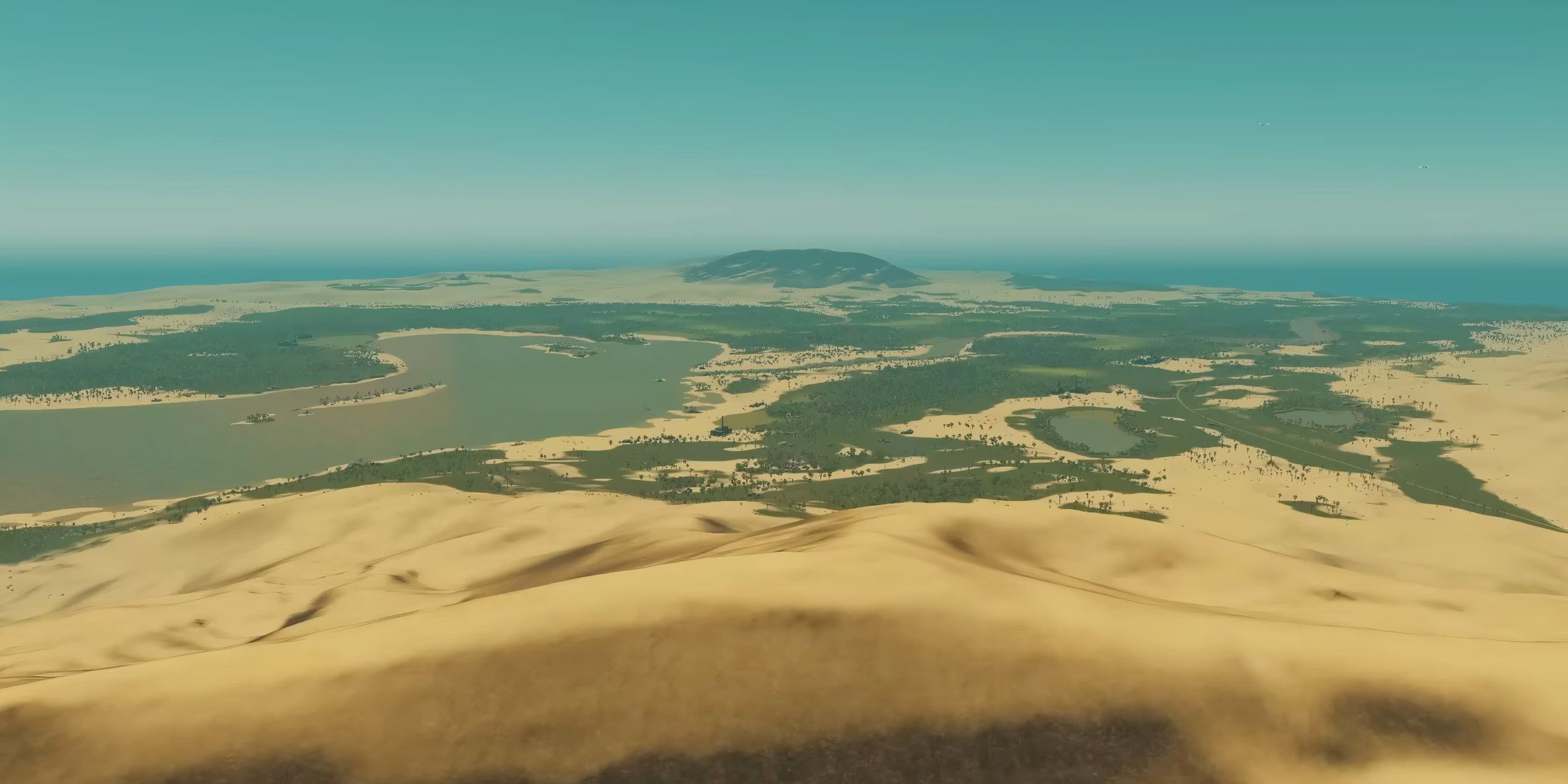
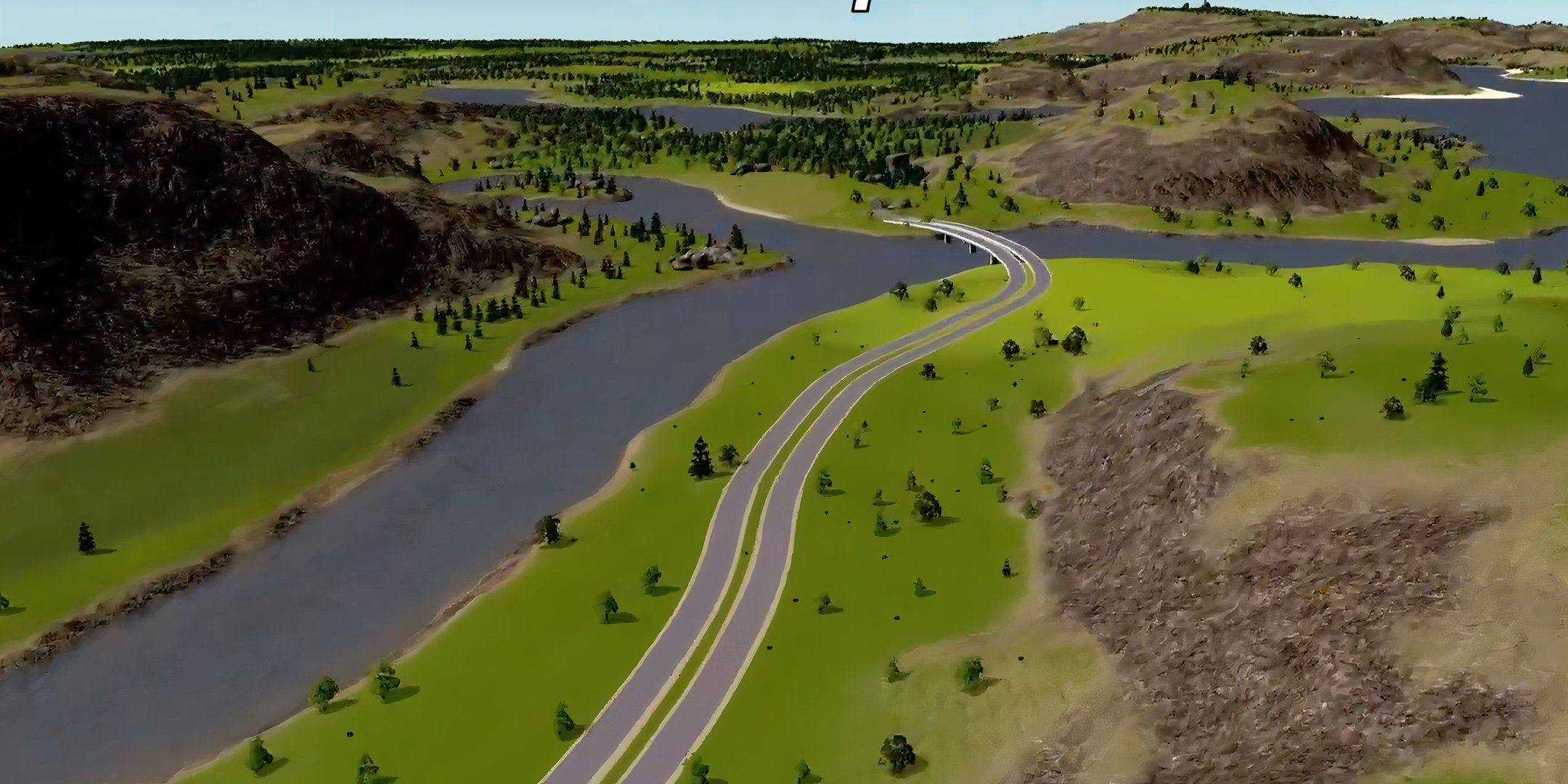

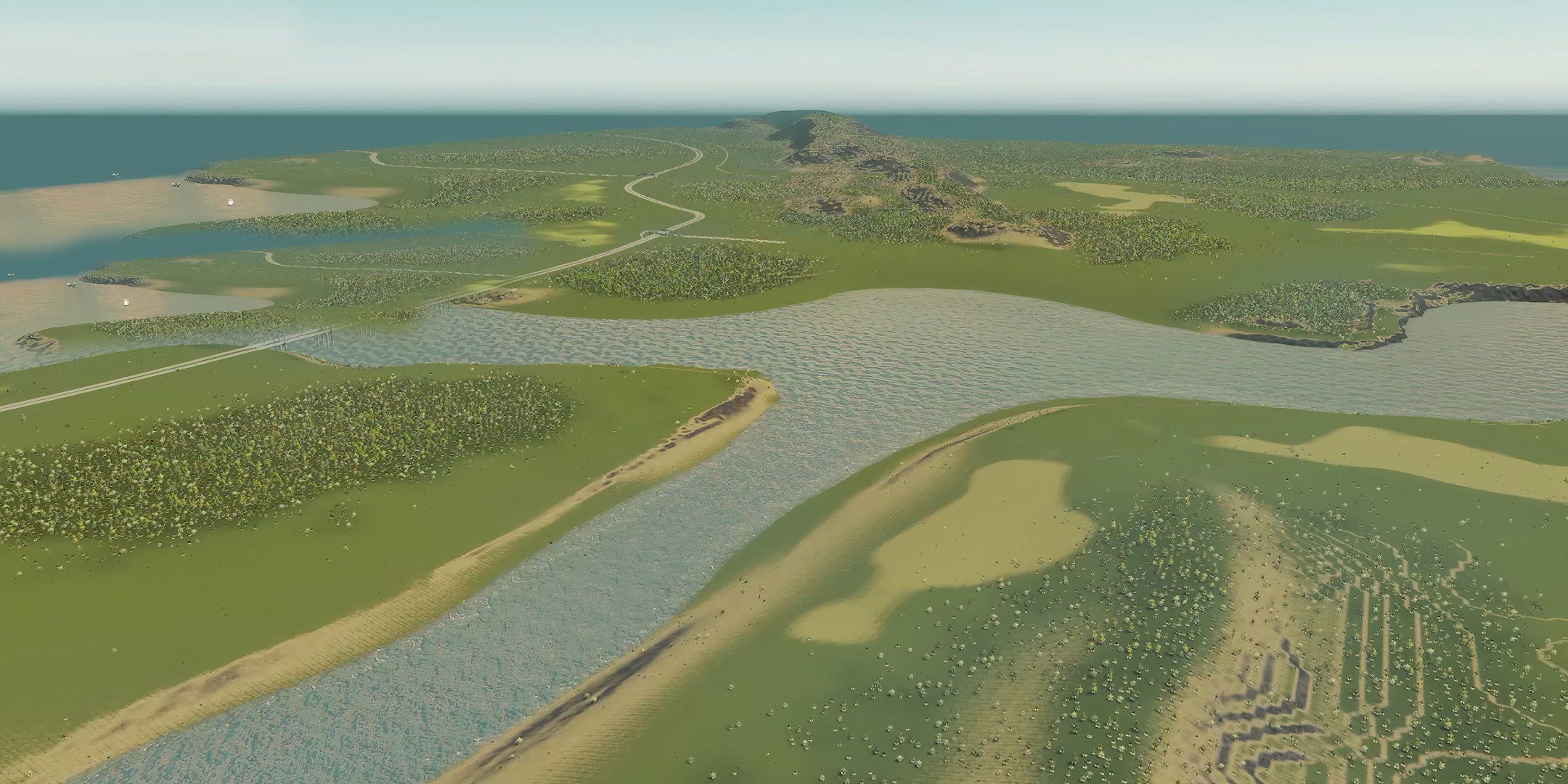
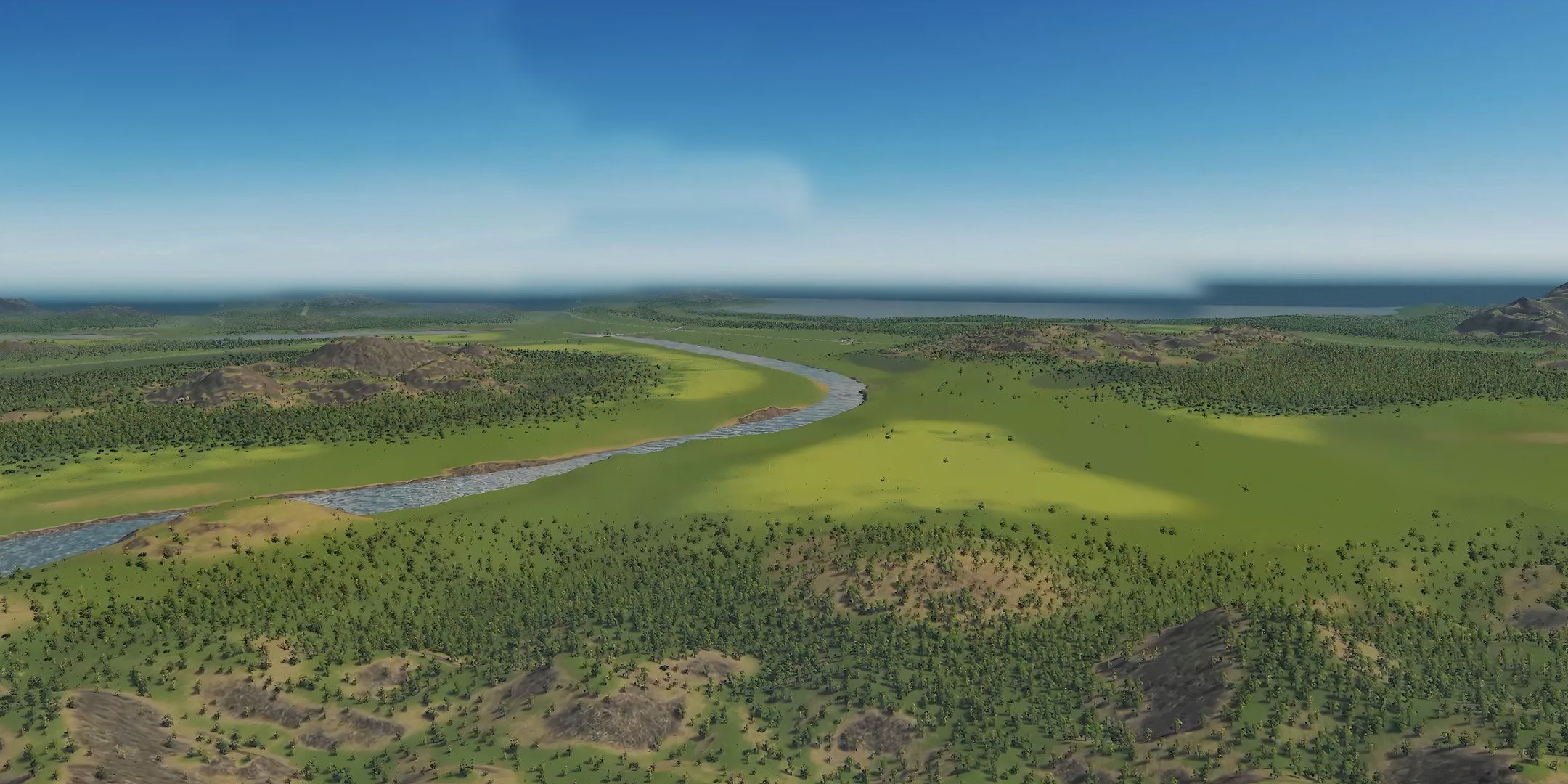
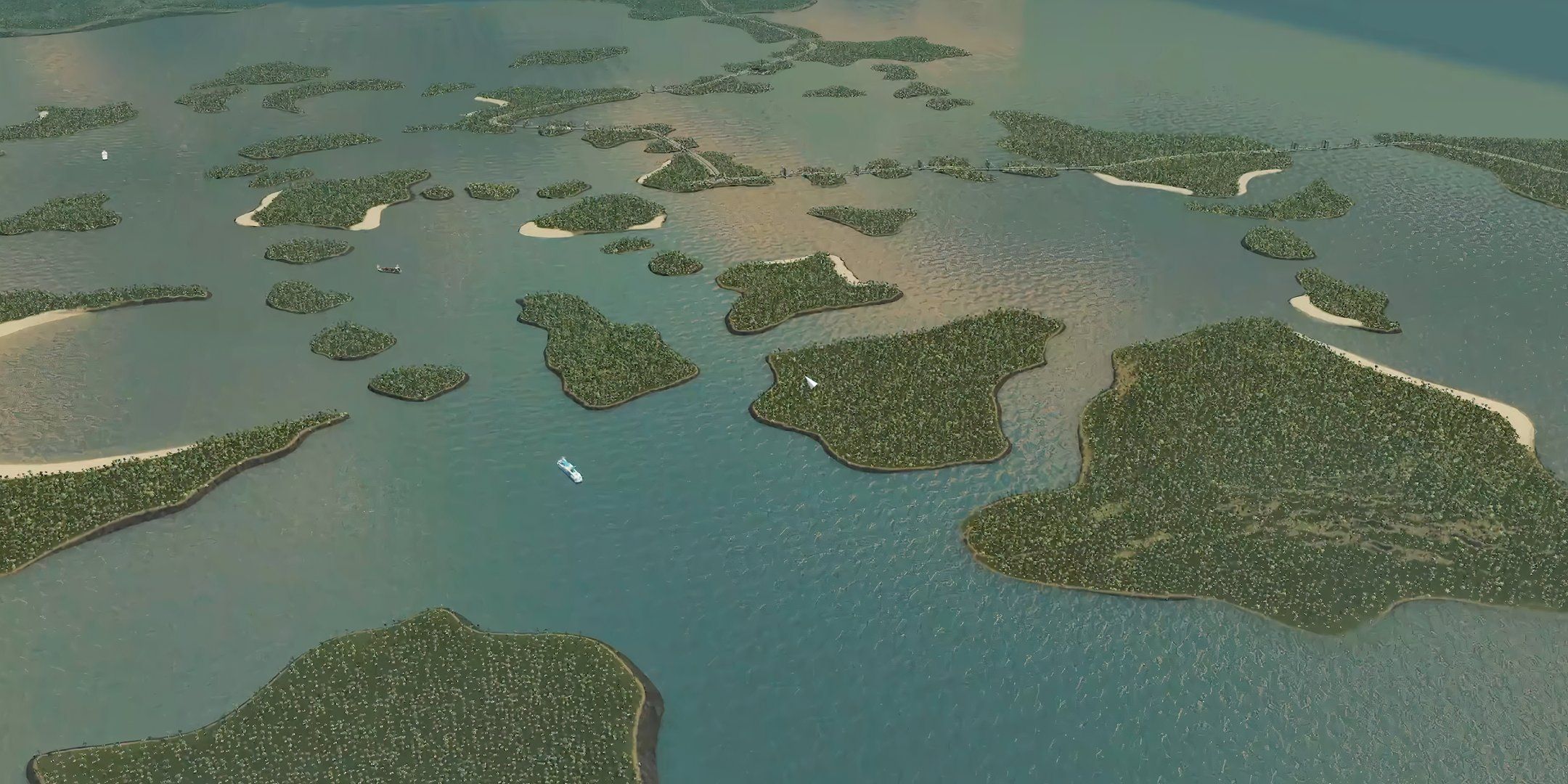
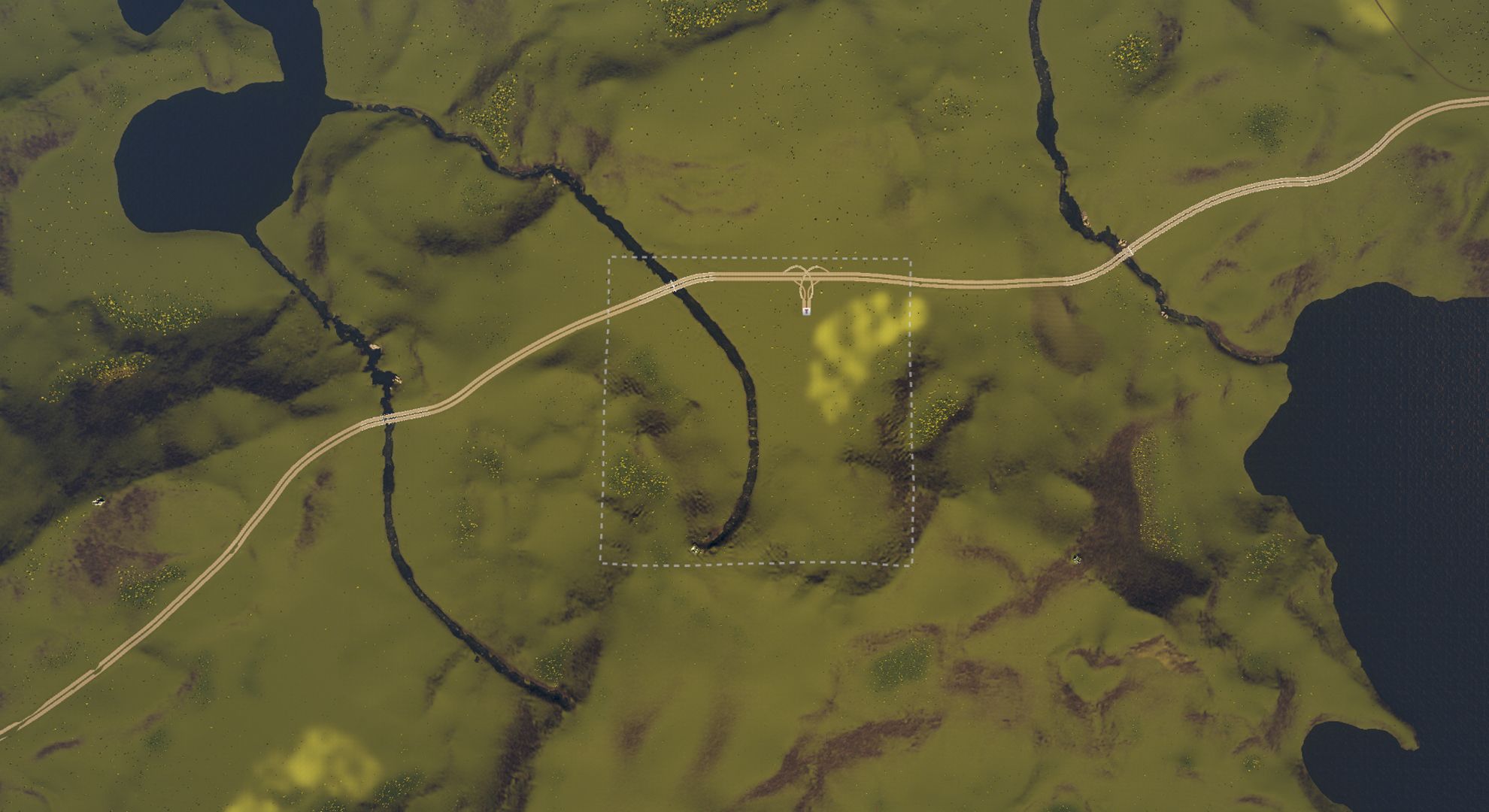

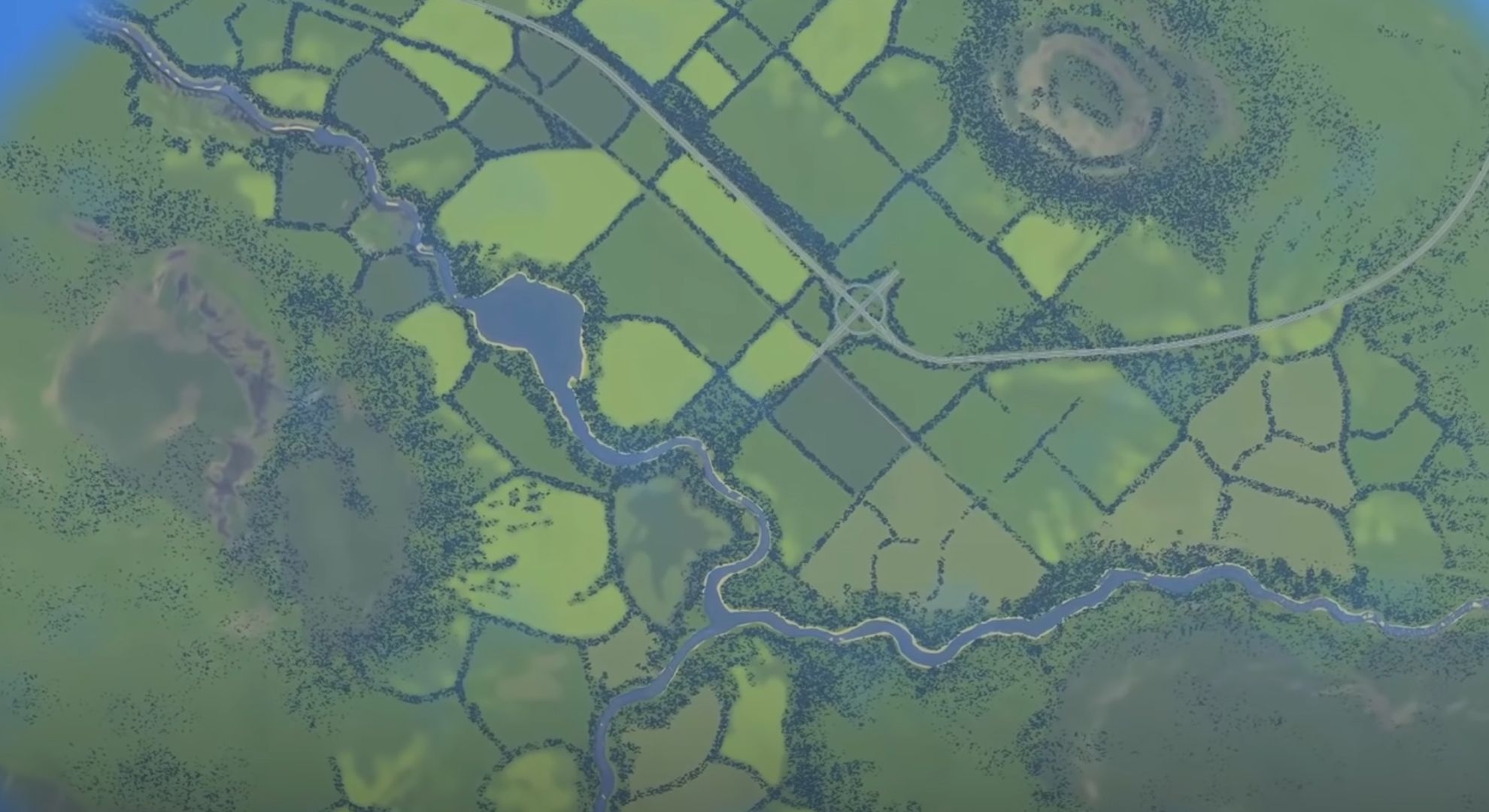

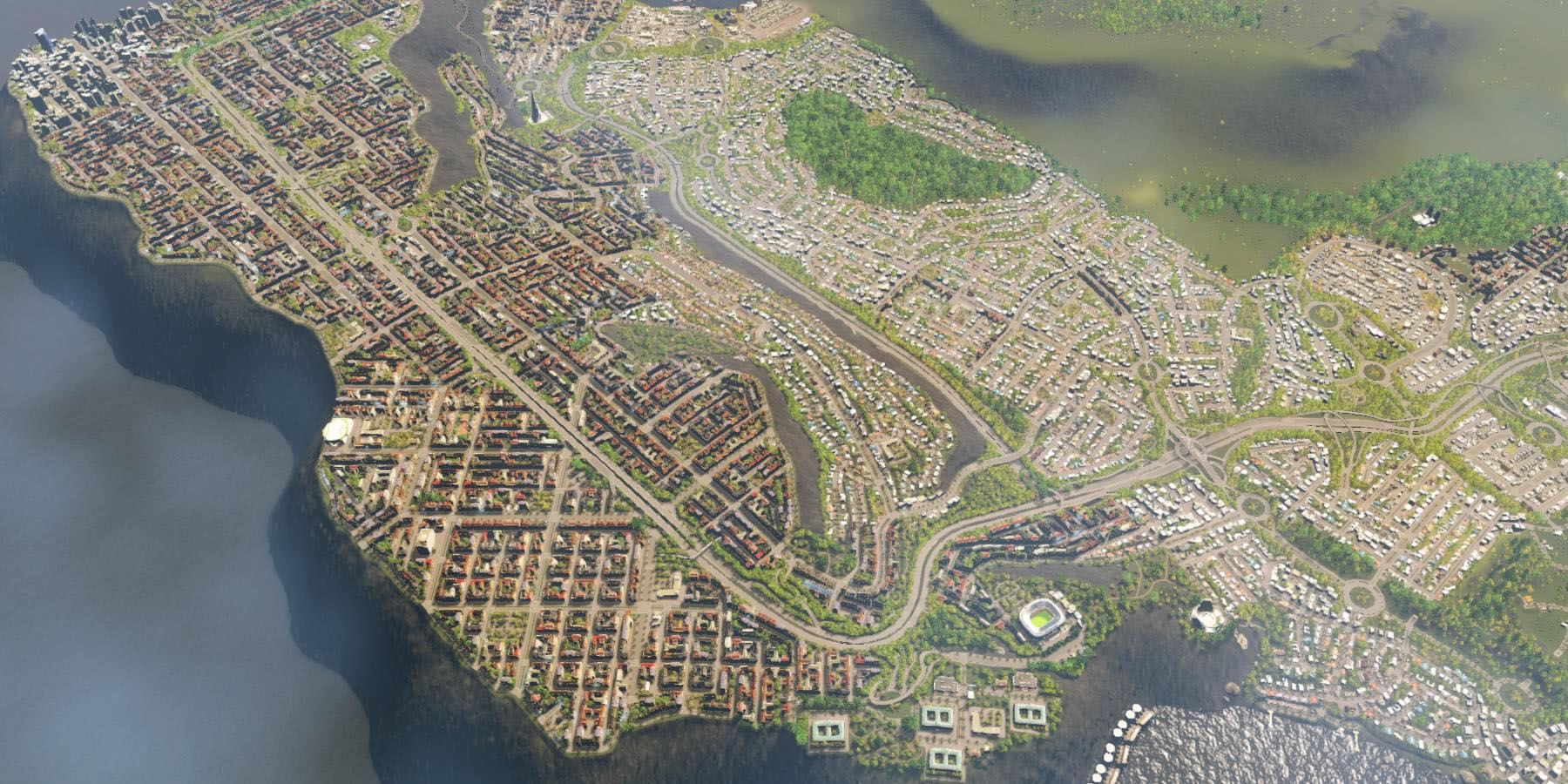
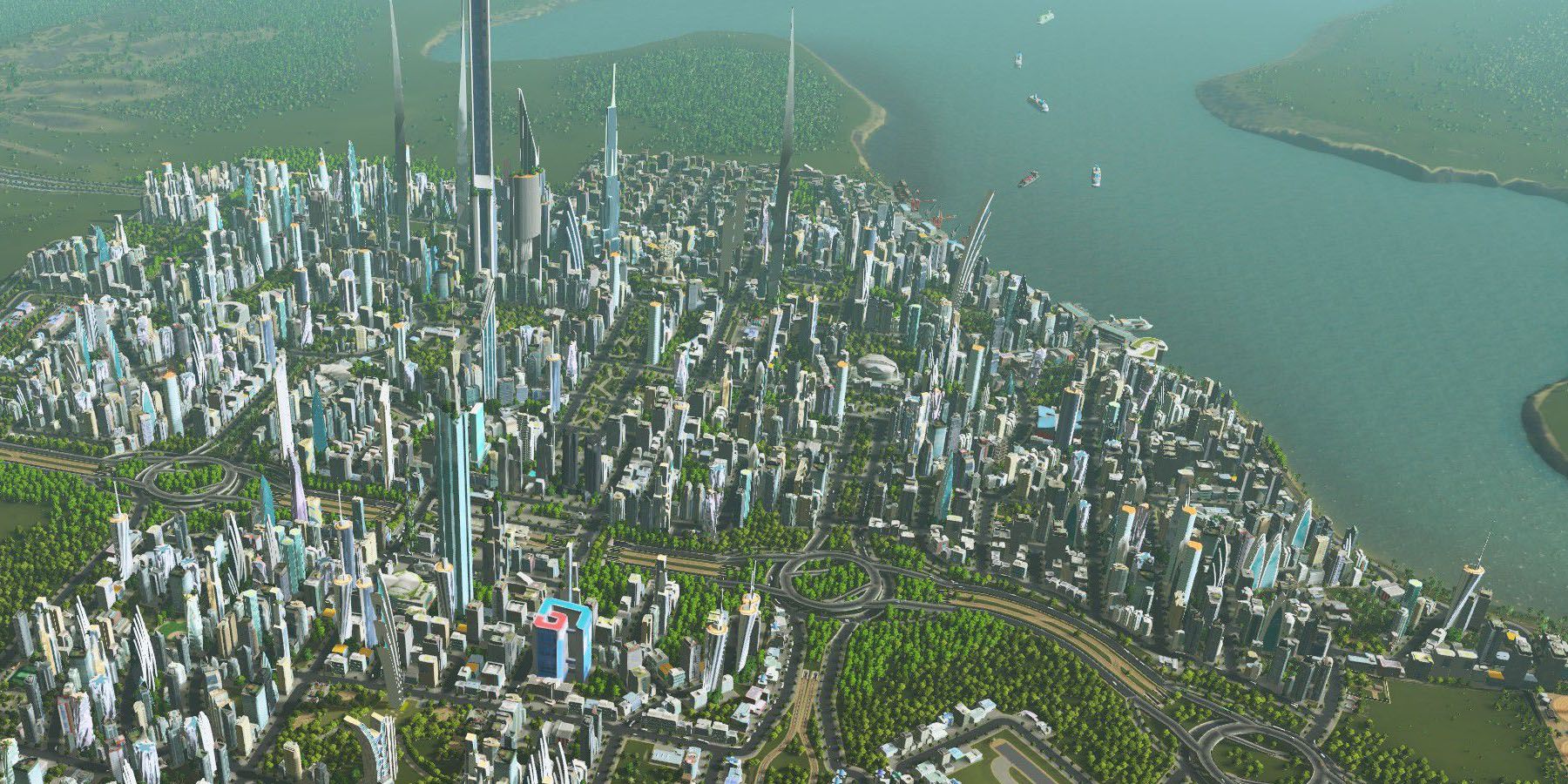
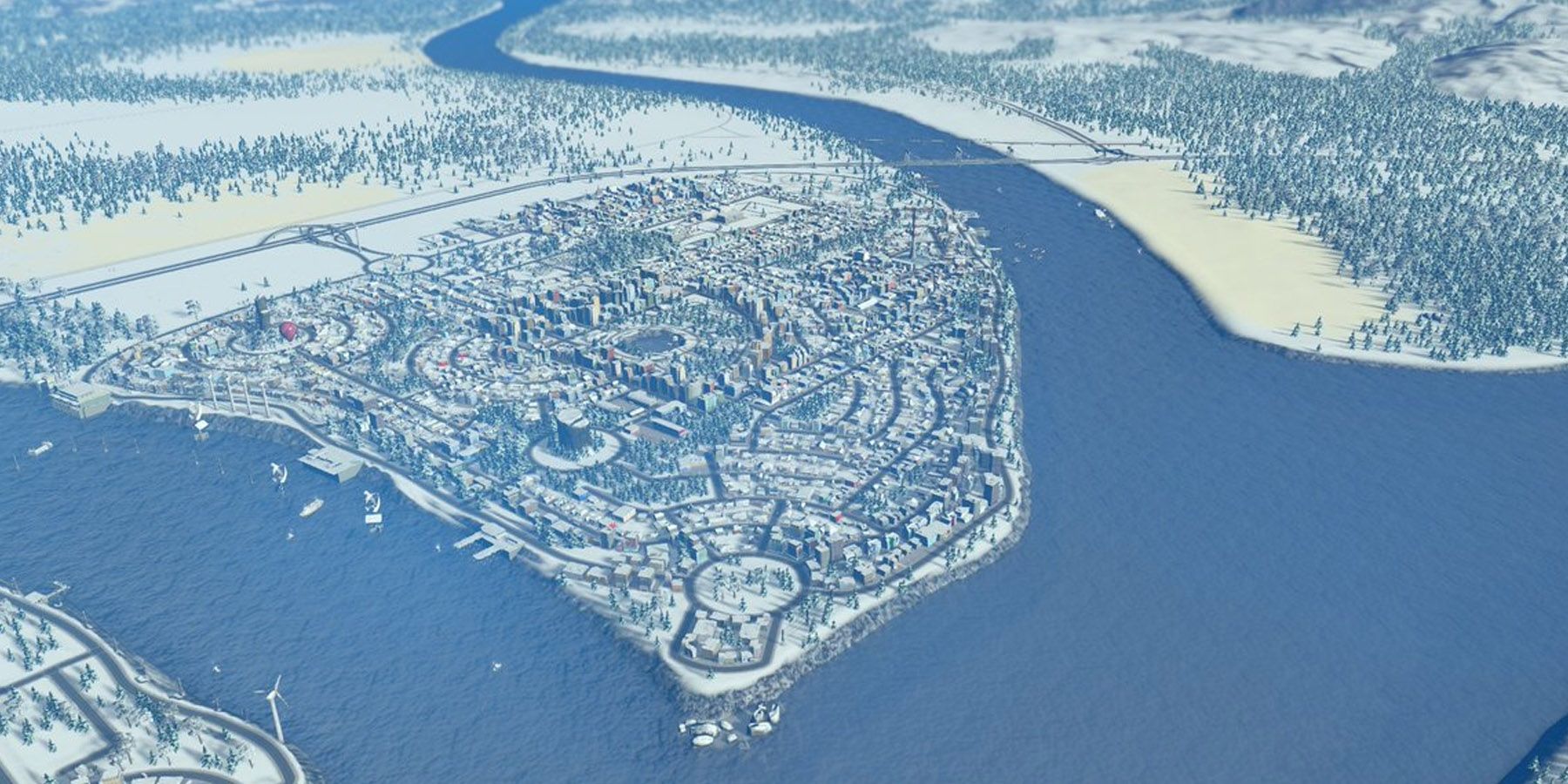

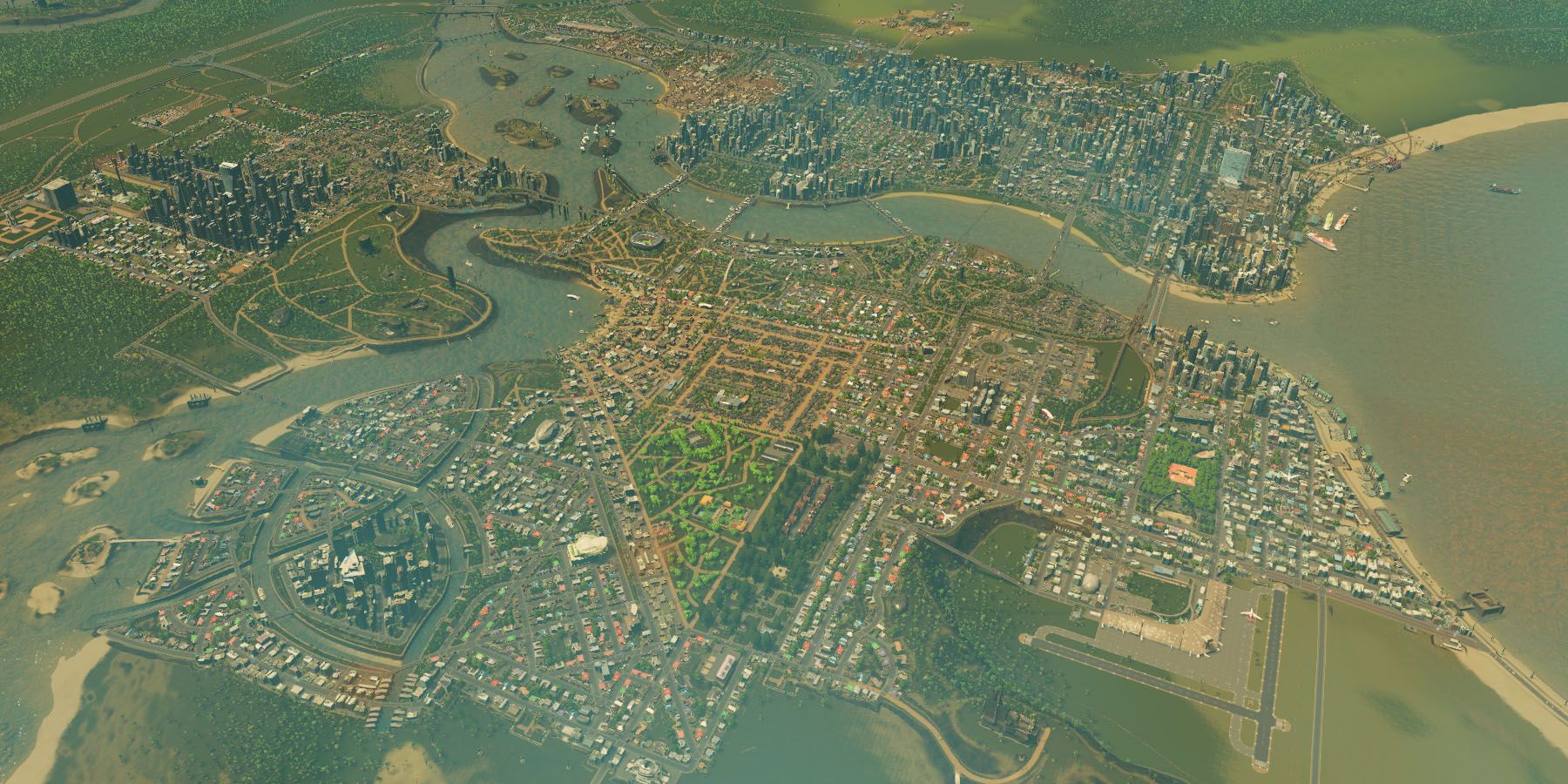
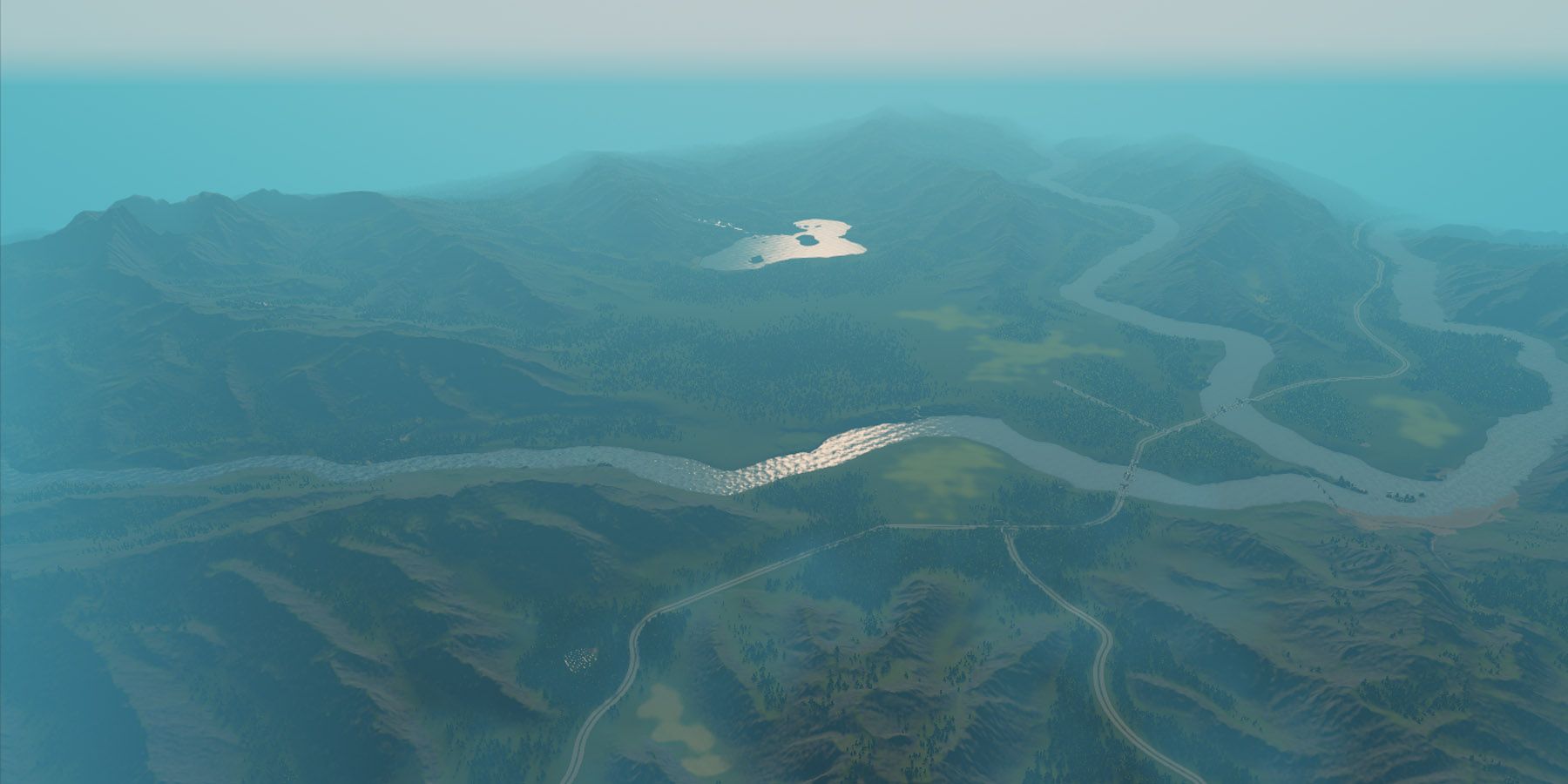
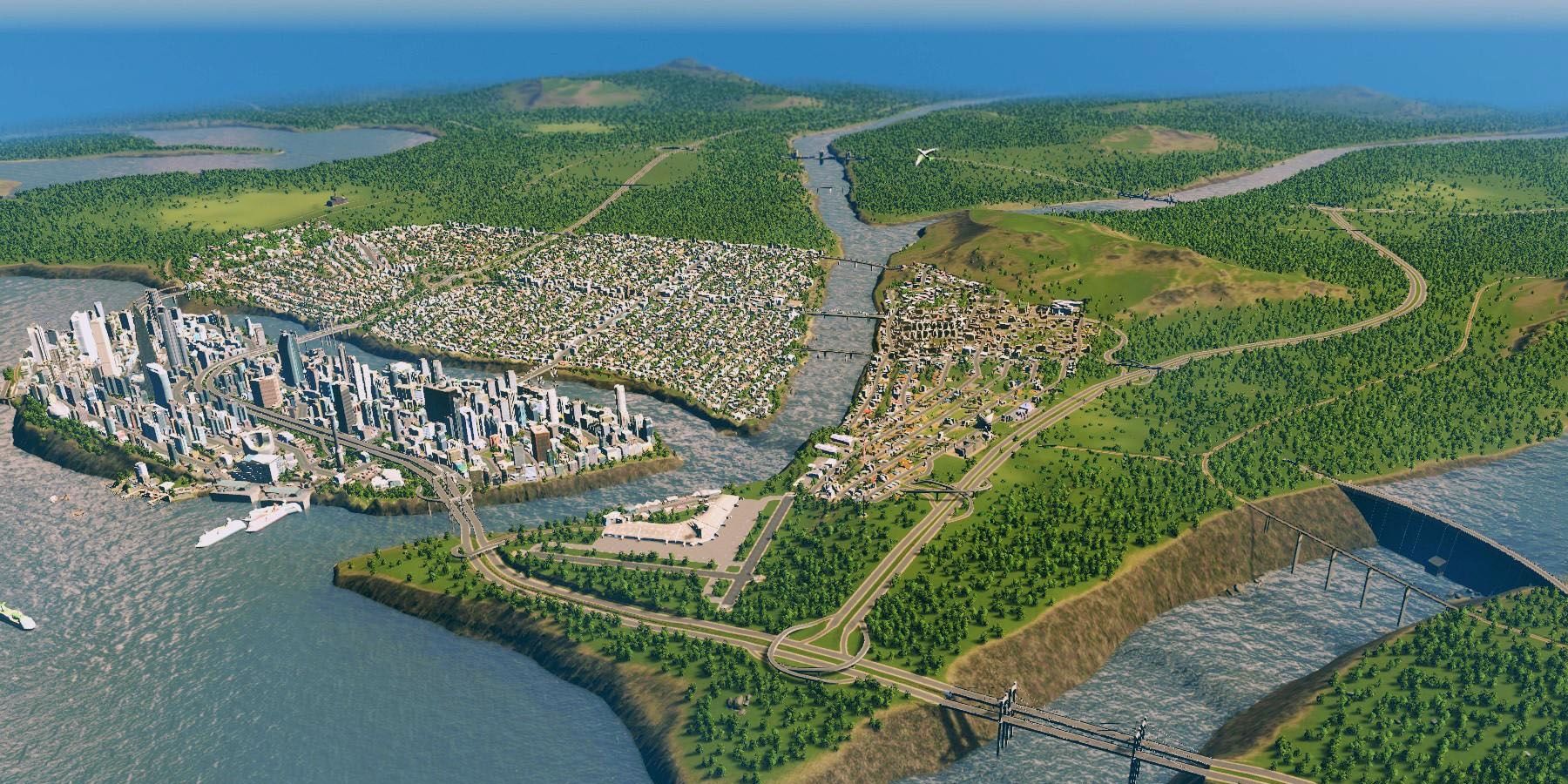
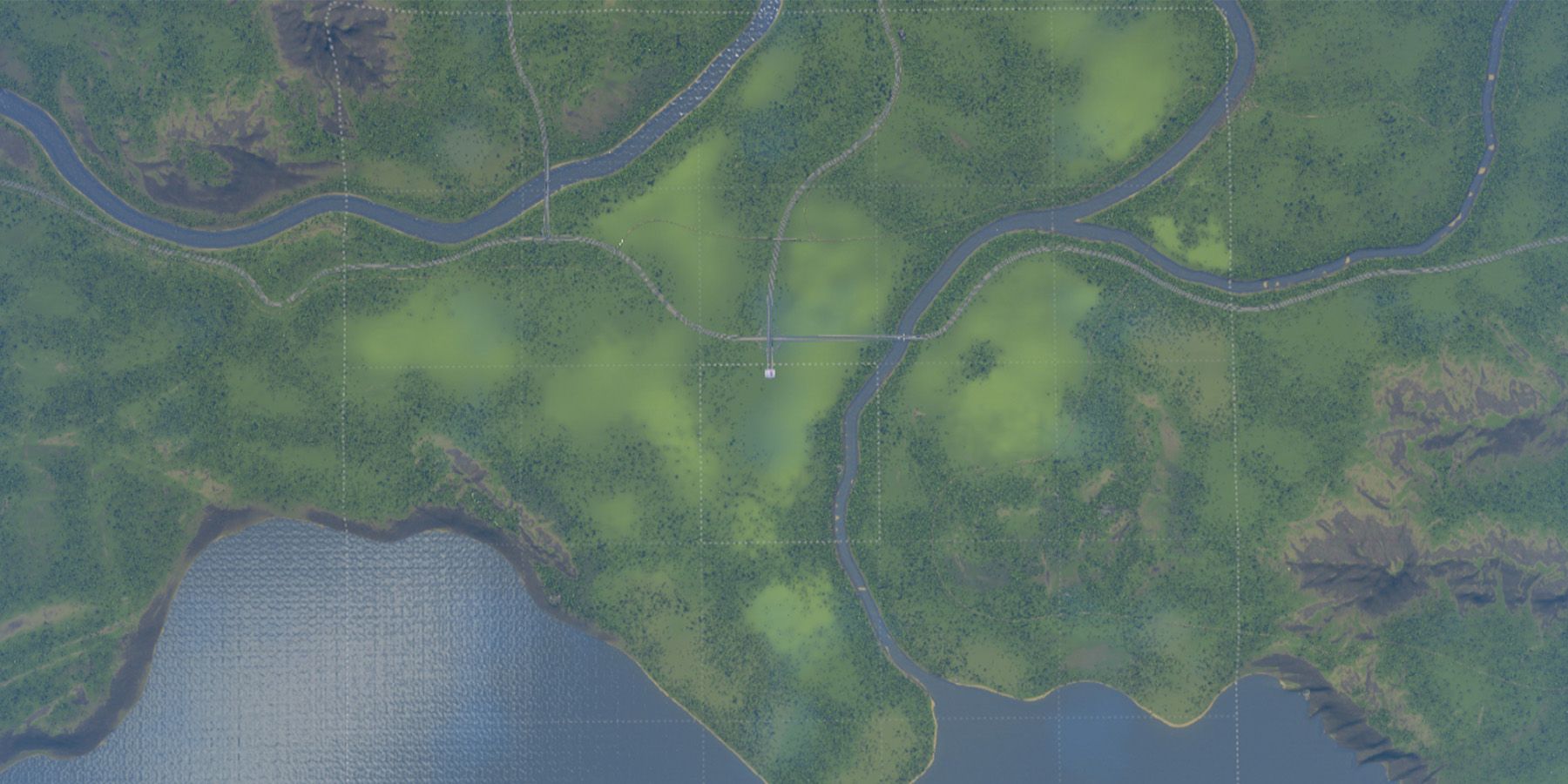
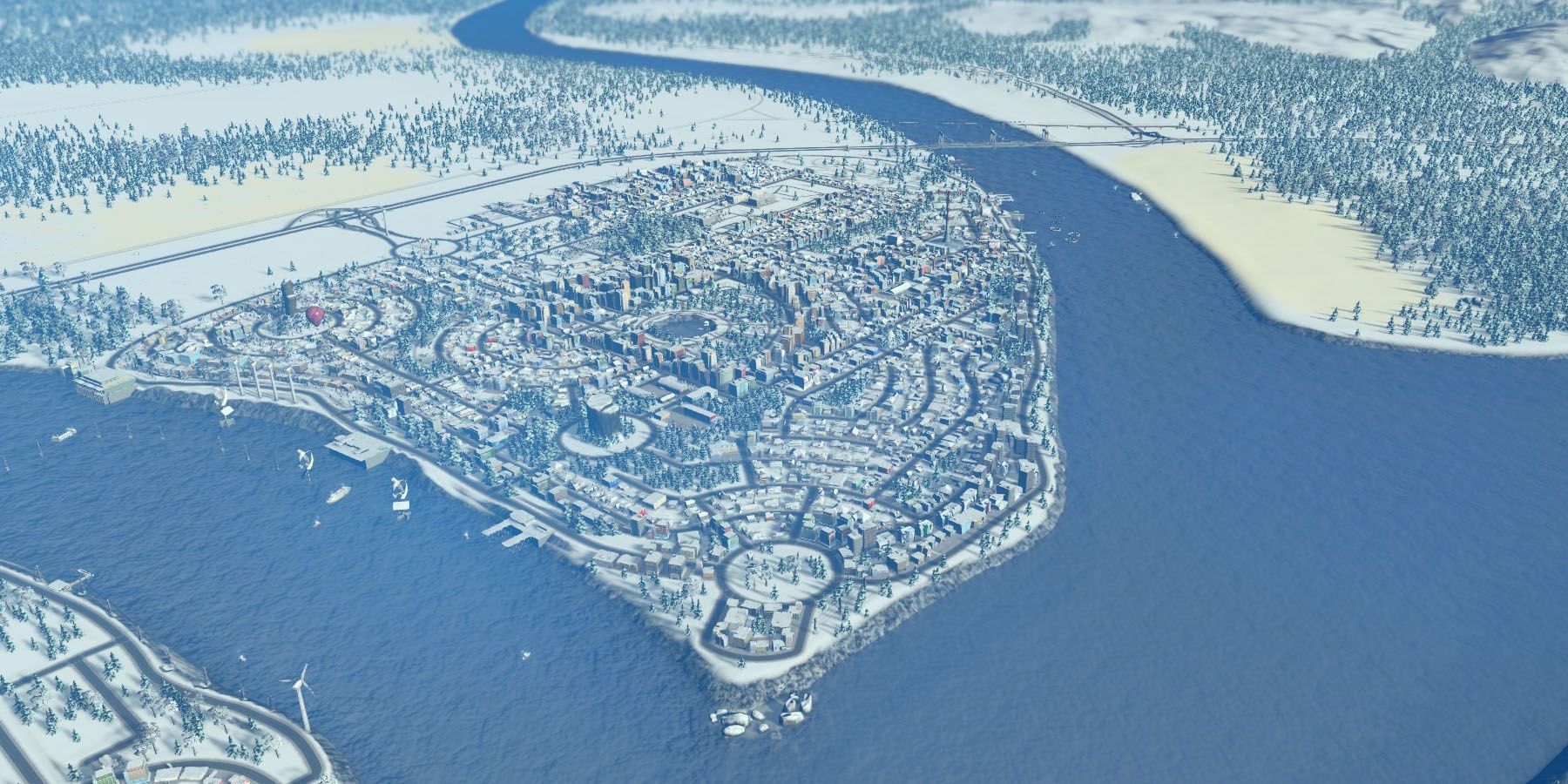










Leave a Reply